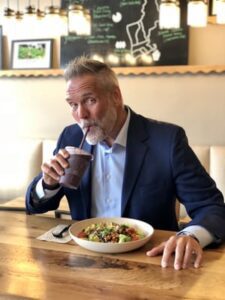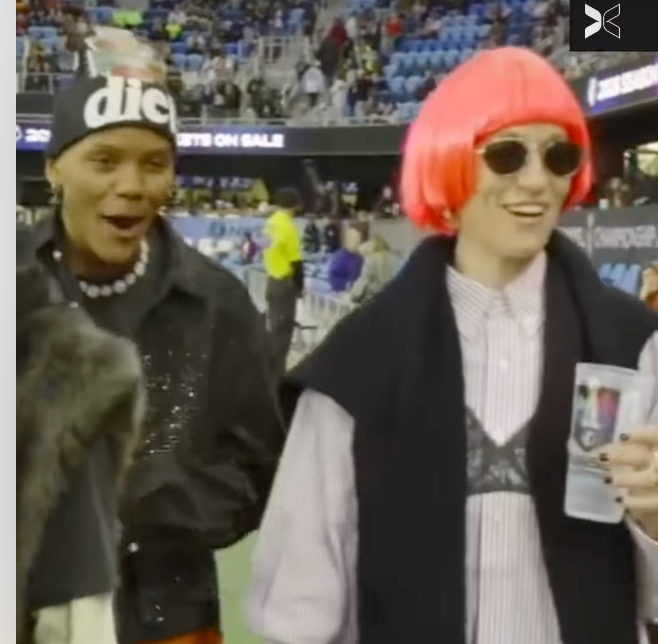
Chief Marketer recently chatted with Brent Feldman, new CMO of Boston-based farm-to-table chain restaurant B. Good about the challenges of marketing to new dining audiences. Feldman comes to B. Good from Hill Holiday and has worked with a number of food and beverage brands including Dunkin’ Brands, Chili’s, Coke, McDonald’s, Wendy’s and Nestlé.
Chief Marketer: How has the move from the agency world to the brand side of things been going?
Brent Feldman: I had been looking for a new opportunity to leverage my love of food and food marketing, and restaurant/retail marketing. I always wanted to see if I could try my hand at the brand side and make a direct impact. It’s been going really well.
CM: What are the biggest marketing challenges facing B. Good?
BF: The speed of retail is one of the things we’re thinking about—how we turn things around faster and broaden our appeal to a wider audience.
CM: Who is your core audience?
BF: Currently, we have two areas we look at, young, urban professionals who frequent our downtown locations and families and moms who make the decisions for those families, who frequent our suburban locations. They’re of the mindset that they’re looking for food they can feel a little better about eating.
CM: What other demographics do you see the brand working to reach?
BF: It may seem counter trend with the current focus on personalization and building one-on-one relationships, but we really want to broaden our appeal and create overall awareness. We do some relationship building through our app, but we want to think more broadly and talk to as many people as we can about our story.
More on Food & Beverage Marketing:
- Are McDonald’s Execs Flame Broiling Burgers?
- Q&A: KFC Goes for the Unexpected in Consumer Connections
CM: Is mobile a big channel for you?
BF: I wouldn’t say it’s huge. It’s really important to the [customers] who are loyal to it and use it regularly, but right now its probably less important to us than it is to some of our competitors like Dunkin’ or Starbucks. We’re working on a new version of our app that will come out soon, and you’ll see a more built out loyalty aspect to it. There’s a lot of good elements to [our loyalty program], like giving our customers the ability to donate their rewards to community partners we work with—that’s something our guests like to do.
CM: What marketing channels are the most effective for communicating with customers?
BF: We’re in transition now. In the past, the brand was focused on high touch, local efforts—things like in-store sampling or product offers. Those tactics can be being limiting when it comes to rapidly broadening a broad-based awareness. We hope to do more social, search, PR, online video, partnerships and events. We want to do more outreach and more inclusive marketing.
CM: What type of content engages your audience in social?
BF: It’s interesting, it isn’t what I expected. In my past experience, what engaged people more was lifestyle imagery. I thought people would be more engaged with things to do with the growers and farmers we work with than product and food imagery, because it would be more interesting than a direct sell. But, if you look at most of our social feeds, the things that are gathering the most engagement are things around the products. The customers are doing the work for us by connecting the farmers and what they’re growing to our food. We’d like to focus more on the fact that the farmers are the reasons the food tastes so good.
CM: How does offline marketing fit into your mix?
BF: We do as much as we can afford. I’m thinking it more in terms of in-store experience. A priority is developing the look and feel in-store. For B. Good, there has been such a local, individual in-store focus that they’ve almost been customized—there needs to be more of a brand standardization so we can have a consistent experience for our guests.





